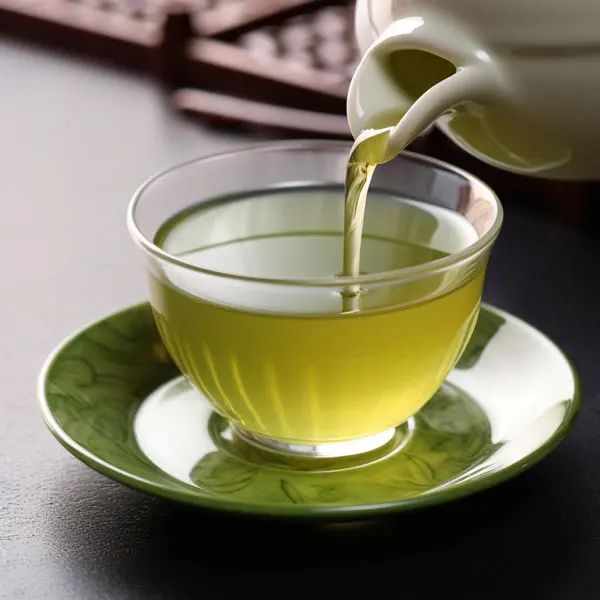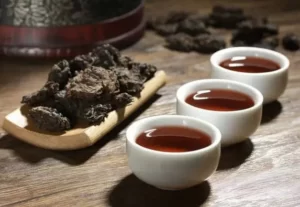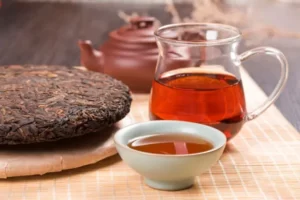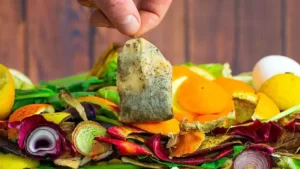Greetings, fellow tea enthusiasts! Throughout my years of tea adventures, one question keeps coming back: which is superior, loose leaf tea or tea bags? While both have their place in a tea lover’s heart, it’s crucial to understand their differences and why one might be preferable over the other. Dive into this cup of knowledge with me!
Difference Between Leaf and Quality
When I first started exploring the world of tea, I noticed a considerable difference in leaf quality and size between loose leaf teas and those in tea bags. Loose leaf teas are typically whole or large pieces of tea leaves. This allows them to unfurl and expand when steeped, releasing their full flavor and aroma.
On the other hand, tea bags often contain what’s called “dust and fannings.” These are the tiny broken tea leaves. Because of their small size, they can lose their essential oils and aromas faster, leading to a less nuanced flavor than loose leaf teas.
Most importantly, loose leaf teas are easier to distinguish the quality of tea than bagged teas due to the visibility of the leaves. Generally speaking, the tender top buds of the tea are considered to be of the highest quality, which we can see through tea dregs, while tea bags are not detectable at all.
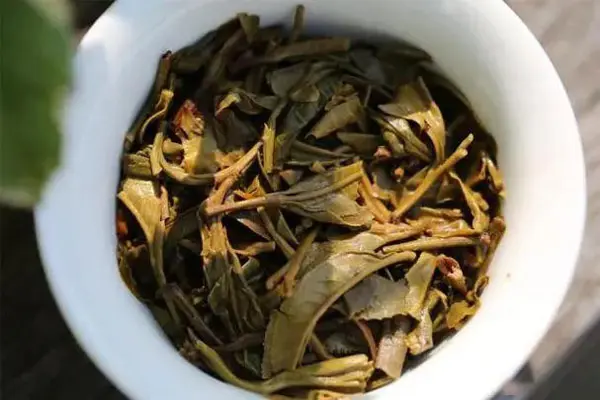
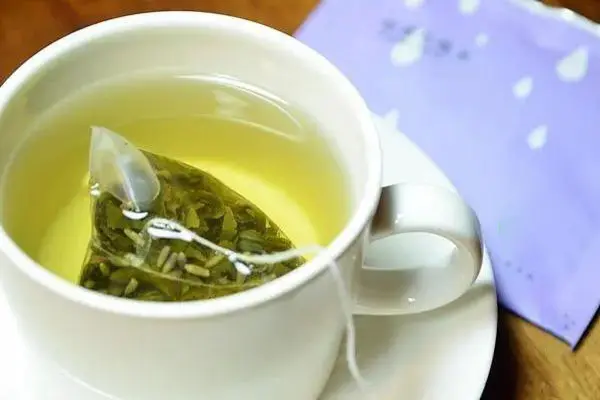
Depth of Flavor: Which One Tastes Better?
If tea drinking were a symphony, loose leaf tea would be the full orchestra while tea bags might be a small ensemble. The complexity and depth of flavor from loose leaf tea are unparalleled. With more surface area exposed during steeping, loose leaves release a spectrum of flavors, from delicate floral notes to rich and malty tones.
Tea bags, while convenient, often lack this depth due to the nature of the broken leaves they contain. They brew faster, resulting in a more straightforward flavor. However, that doesn’t mean a cup from a tea bag is without merit. On rushed mornings, a quick cup from a tea bag has often been my savior!
Benefits: Which Is Good For You?
All teas come packed with antioxidants and health benefits, regardless of their form. However, the sheer quality and freshness of loose leaf tea might give it a slight edge. The whole leaves retain more of their natural benefits, like catechins and polyphenols, which are known for their health-boosting properties.
While tea bags still offer health benefits, they can sometimes contain added flavors, preservatives, or even microplastics, depending on the bag material. Always ensure you’re buying from a reputable brand.
Related: Are Tea Bags Suitable For Your Garden Compost?
Drinking Method:Which One Suits You Better ?
Tea bags win hands down in the convenience department. Just drop one in a cup, pour hot water, steep, and you’re good to go. Perfect for office settings or when you’re on the move.
Loose leaf tea requires a bit more attention. You’ll need a tea strainer or infuser and possibly a teapot. But the ritual of preparing loose leaf tea is part of its charm. For me, it’s a meditative experience, a small break in the hustle and bustle of daily life.
Here’s a suggestion: why not try both? Start your day with a rejuvenating cup from a tea bag and, when you have a moment to relax, indulge in the art of brewing loose leaf. In the end, it’s all about finding what suits your rhythm and enhances your daily tea experience. Cheers to finding your perfect sip!
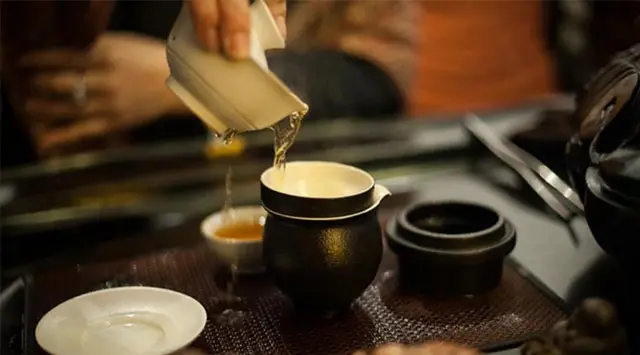
Is Teabag Tea Higher in Caffeine than Loose Leaf Tea?
NOT ALWAYS. One of the more nuanced debates in the tea community revolves around caffeine content. Many believe that teabag tea, with its finely cut leaves, packs a more significant caffeine punch than its loose leaf counterpart. Let’s steep into the science of this matter and break it down.
Firstly, we must understand that the caffeine content in tea is influenced by various factors, including the type of tea (e.g., white, green, black, or oolong), the growing conditions of the tea plant, and the processing methods used. But when considering the same type of tea – say, a black tea – in both teabag and loose leaf forms, the difference lies in the size of the tea particles and the surface area exposed during steeping.
Tea bags usually contain what’s referred to as “dust and fannings” or tiny, broken tea leaves. This smaller size means a greater surface area relative to volume. When steeped, these smaller particles release their contents, including caffeine, into the water more rapidly than whole leaves. As a result, a cup brewed with tea from a teabag might infuse caffeine into the water more quickly and in slightly higher concentrations during the initial moments of brewing.
That said, it’s a misconception to assume that all teabag teas will always contain more caffeine than all loose leaf teas. The brewing time also plays a crucial role. For instance, if you steep a tea bag for just a minute or two, it could very well have less caffeine than a loose leaf tea steeped for a more extended period, given the prolonged extraction time.
Let’s summarize the pros and cons of loose leaf tea and tea bags.
Loose Leaf Tea
- Pros: Richer flavor, often higher quality, retains more natural benefits.
- Cons: Requires more equipment, can be pricier, less convenient.
Tea Bags
- Pros: Super convenient, quicker brew, consistent flavor.
- Cons: Often less depth in flavor, potential for additives, might lose benefits faster.
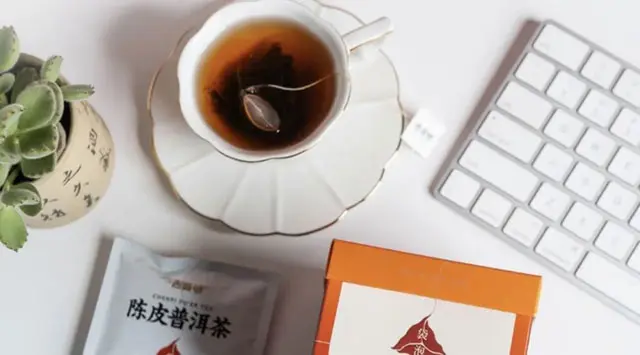
Loose Leaf Tea vs. Tea Bags Cost
At a cursory glance, reaching for a box of tea bags during your grocery run might seem like the economical choice. They often present a lower initial cost. But let’s sift deeper into the cost-effectiveness of both options with a practical example.
Imagine purchasing a 100g pack of loose leaf tea at $10. Though it might seem pricier upfront, you’ll find that these high-quality leaves can often be re-steeped two or three times, offering varying yet delightful flavor profiles with each infusion. So, if this 100g yields about 40 cups of tea, and you can steep each serving thrice, you’re effectively getting 120 cups for your $10. That’s a mere 8 cents per cup.
On the flip side, consider a box of 40 tea bags priced at $6. Once you use a tea bag, it’s typically spent, giving you just one cup per bag. This scenario offers a straightforward calculation: 15 cents per cup.
Doing the math, the seemingly pricier loose leaf tea turns out to be almost half the cost per cup compared to the tea bags. Hence, while the upfront investment might be higher with loose leaf, the overall value in terms of cost-per-cup can be significantly better.
Conclusion
It’s like comparing apples and oranges, isn’t it? Both forms have their merits. If you’re after a quick, consistent brew, tea bags are your best friend. But if you’re seeking a ritualistic, flavorful experience, loose leaf tea takes the crown.
My personal journey started with tea bags, gradually transitioning to loose leaf as I fell deeper into the world of tea. And while I have a special place in my heart (and kitchen) for both, the aroma and flavor of freshly steeped loose leaf tea are incomparable.
So, take your pick, or better yet, enjoy both! After all, the world of tea is vast and varied, and there’s always a new flavor waiting to be discovered. Cheers to many more brews, be they loose leaf or bagged!
